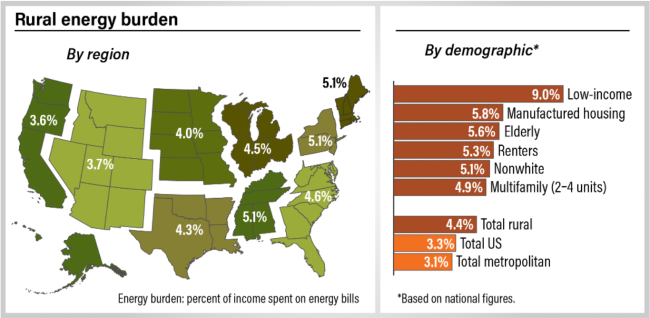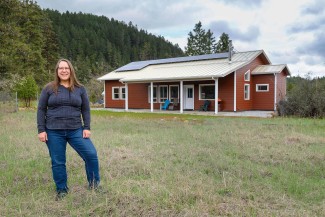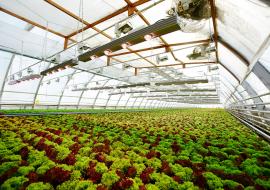ACEEE has been instrumental in reenergizing energy efficiency policies and initiatives for agriculture and rural communities.
For decades, ACEEE has worked to save energy and cut costs for rural communities and agricultural producers. We have published research on energy efficiency policies and programs for rural Americans and worked directly with state and federal policymakers, utilities, nonprofits, and foundations to support their rural energy efficiency efforts. Over the past two decades, ACEEE has convened rural energy efficiency and clean energy leaders at our Agricultural Energy Efficiency Forums and more recently at our Rural Energy Conferences.
Energy efficiency investments can reduce rural household and transportation energy use. As shown in the figure below, rural residents have a higher median household energy burden—the percentage of their income spent on energy—than their metropolitan counterparts, and this burden is even worse for nonwhite and low-income rural households. Home energy efficiency retrofits can reduce rural residents’ energy burden by more than 25%, translating into over $400 in annual bill savings for some.
Rural residents also face higher transportation energy burdens than their metropolitan counterparts, as seen in the table below, likely due to lack of public transportation options and longer travel distances in rural areas. Offering incentives for electric vehicles and their charging infrastructure can increase rural adoption of electric vehicles, which are cheaper to operate than fossil-fueled vehicles.
| Transportation energy burdens in rural and urban areas | |||
| Inside metropolitan statistical area | Outside metropolitan statistical area, urban | Outside metropolitan statistical area, rural | |
| Mean income | $78,605 | $55,853 | $57,872 |
| Mean monthly gasoline expenditure | $234 | $199 | $248 |
| Mean gas burden | 6.6% | 7.8% | 8.6% |
Agricultural producers are among the most energy-intensive businesses, so they benefit disproportionately from energy efficiency investments that allow them to reduce costs and reinvest the savings. Additionally, energy efficiency would reduce greenhouse gas emissions from agriculture, which currently account for about 10% of all U.S. emissions. ACEEE supported Congress in developing the Energy Title (IX) of the 2002 Farm Bill and continues to advise on subsequent updates. We remain committed to exploring energy efficiency opportunities, such as precision agriculture and improvements in controlled environment agriculture, that enhance profitability and benefit the environment.
ACEEE research demonstrates that utilities, state and local governments, and efficiency program administrators can effectively save energy for rural communities by designing policies and programs to meet their needs. In the resources below, we explore specific strategies for delivering energy efficiency to rural residents, businesses, agricultural producers, and institutions. Please reach out if we can be a partner to you in your efforts to support rural communities with energy efficiency.
For more information, please contact ACEEE's state policy team.
Highlighted Resources
=








